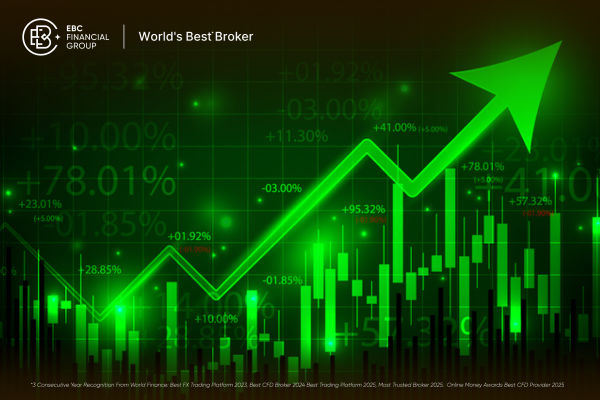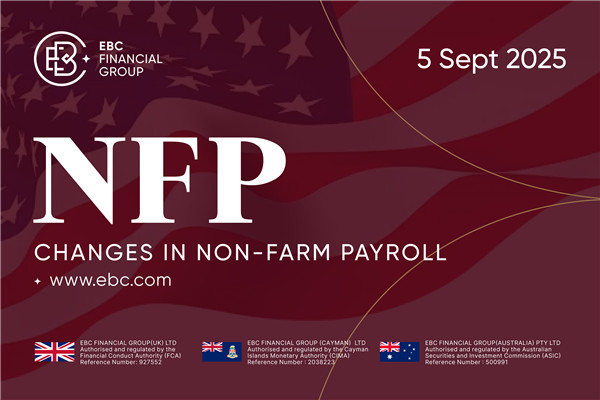US stocks and government bonds finished their worst month of the year due to
lingering expectations of a prolonged period of high rates.
At the beginning of the month, traders in the futures market were betting
that interest rates would be about 4.2% by the end of 2024. Now they are betting
on 4.8% by that time.
The Fed signalled one more rate hike by year-end at September’s meeting.
While the US economy has shown resilience, Europe is gripped by fear of a
downturn.
In contrast, Brent Crude hit a 10-month high last week as lower-than-expected
US stockpiles added to supply concerns. That has complicated the fight against
inflation.
Higher sovereign yields attract fresh investors to the US from abroad, who
must first buy dollars to buy said bonds — amounting to a virtuous cycle of
higher rates and a stronger dollar.
Rising headwinds
According to economic forecasts compiled by Bloomberg, US GDP growth will
fall from an annualised seasonally adjusted 3 % in the third quarter to just
0.5% in the final three months, before bottoming out at 0.1% in early 2024.
America's big car firms are facing lengthy strikes in the Midwest. The labour
action shows little sign of resolution. Elsewhere, a government shutdown is
looming large in Washington.
A lengthy government shutdown would severely impair clarity on inflation and
the labour market. The BLS, for example, would cease collecting, processing and
publishing data that are necessary for the Fed to make policy decisions.
Economists are worried that strong US consumer have become more fragile.
Pandemic savings have run out for 80% of Americans, according to the latest Fed
study.
James Knightley, chief international economist at ING believed that
fourth-quarter GDP growth could ‘easily’ turn negative unless there is a swift
resolution to the auto strikes and the government shutdown.
Another concern is that prices pressure for most goods and services remain
well above the Fed’s 2% target while oil prices eye a three-digit level.
What’s next?
Goldman Sachs Group Inc.’s Scott Rubner cautioned that trend-chasing
systematic funds are at risk of being forced to unwind equity holdings with
indexes such as the S&P 500 breaking below key thresholds.
Right now, market makers are mired in a stance where they have to follow the
equity trend. They have to sell stocks when equities keep going down or vice
versa to maintain a market-neutral posture.
The S&P 500 has fallen 1% on four separate sessions in the past five
weeks, following a 47-day streak without a 1% drop through 1 Aug — the longest
run of resilience since January 2020.
He added that share repurchases will pick up in November and December, a
two-month period that’s typically the busiest of a year. ‘The positive set up
for Q4 is about as good as I have seen once we clear this flow-of-funds
supply.’
Michael Kramer, Mott Capital Management founder, said the Nasdaq Composite
has already broken with a big uptrend, ‘and that is bearish, coupled with a head
and shoulders and diamond reversal pattern.’

He also said he is not upbeat about the next
big move off that trendline for the S&P 500. ‘If that breaks, we could see a
sharp drop back to 4,100.’
Disclaimer: This material is for general information purposes only and is not intended as (and should not be considered to be) financial, investment or other advice on which reliance should be placed. No opinion given in the material constitutes a recommendation by EBC or the author that any particular investment, security, transaction or investment strategy is suitable for any specific person.



























